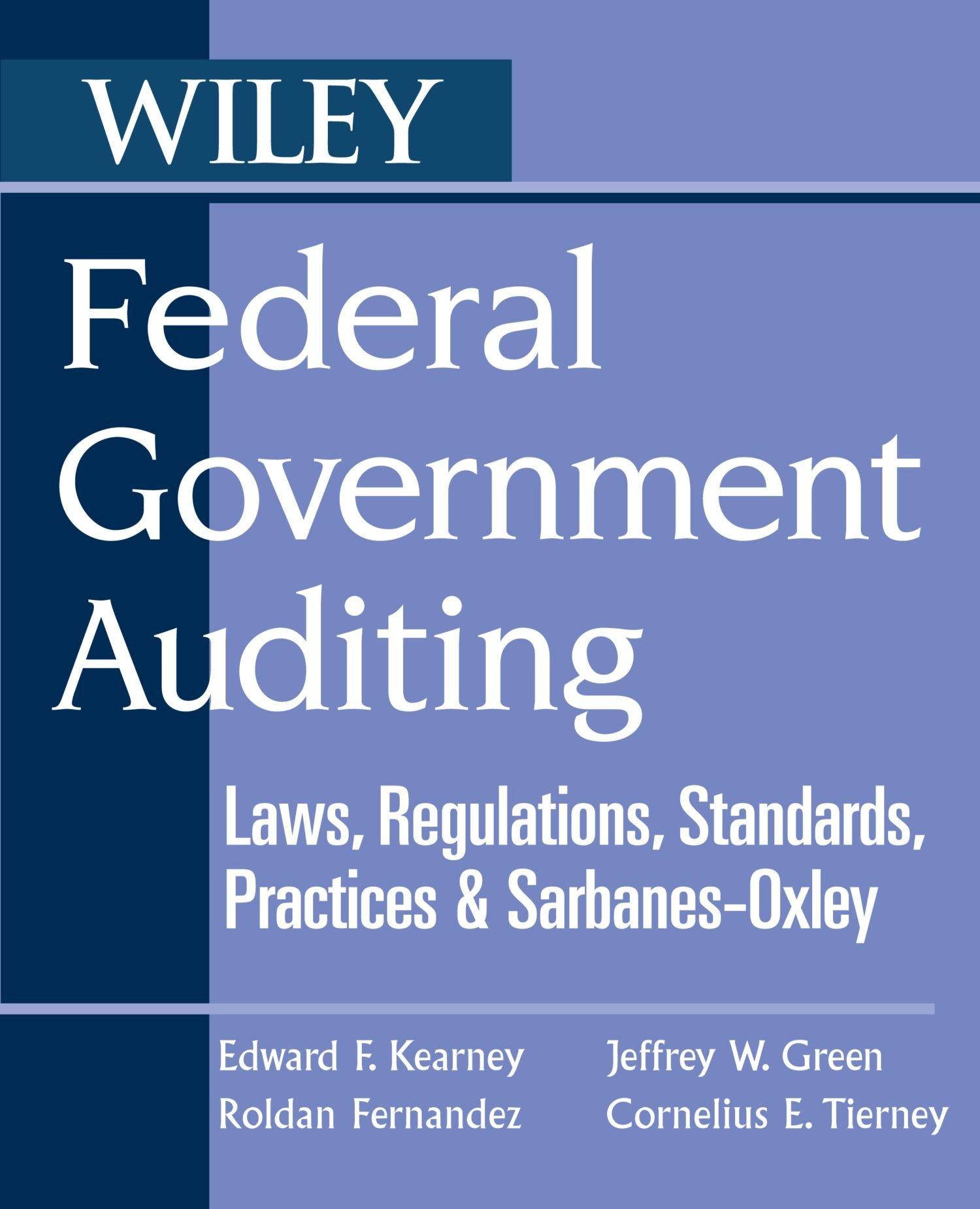Question
The following transactions were completed by The Irvine Company during the current fiscal year ended December 31: Feb. 8 Received 35% of the $18,600 balance
The following transactions were completed by The Irvine Company during the current fiscal year ended December 31:
| Feb. 8 | Received 35% of the $18,600 balance owed by DeCoy Co., a bankrupt business, and wrote off the remainder as uncollectible. |
| May 27 | Reinstated the account of Seth Nelsen, which had been written off in the preceding year as uncollectible. Journalized the receipt of $7,445 cash in full payment of Seths account. |
| Aug. 13 | Wrote off the $6,375 balance owed by Kat Tracks Co., which has no assets. |
| Oct. 31 | Reinstated the account of Crawford Co., which had been written off in the preceding year as uncollectible. Journalized the receipt of $3,840 cash in full payment of the account. |
| Dec. 31 | Wrote off the following accounts as uncollectible (compound entry): Newbauer Co., $7,240; Bonneville Co., $5,575; Crow Distributors, $9,355; Fiber Optics, $1,035. |
| Dec. 31 | Based on an analysis of the $1,768,000 of accounts receivable, it was estimated that $35,360 will be uncollectible. Journalized the adjusting entry. |
| Required: | ||||||||||||||||||||||||||||||||||||||||||||||||||||||||||||||||||||||||||||||||||||||||||||||||||||||||||||||||||||||||||||||||||
| 1. | Record the January 1 credit balance of $26,195 in a T account for Allowance for Doubtful Accounts. | |||||||||||||||||||||||||||||||||||||||||||||||||||||||||||||||||||||||||||||||||||||||||||||||||||||||||||||||||||||||||||||||||
| 2. |
| |||||||||||||||||||||||||||||||||||||||||||||||||||||||||||||||||||||||||||||||||||||||||||||||||||||||||||||||||||||||||||||||||
| 3. | Determine the expected net realizable value of the accounts receivable as of December 31 (after all of the adjustments and the adjusting entry). | |||||||||||||||||||||||||||||||||||||||||||||||||||||||||||||||||||||||||||||||||||||||||||||||||||||||||||||||||||||||||||||||||
| 4. | Assuming that instead of basing the provision for uncollectible accounts on an analysis of receivables, the adjusting entry on December 31 had been based on an estimated expense of of 1% of the net sales of $18,380,000 for the year, determine the following:
| |||||||||||||||||||||||||||||||||||||||||||||||||||||||||||||||||||||||||||||||||||||||||||||||||||||||||||||||||||||||||||||||||
Step by Step Solution
There are 3 Steps involved in it
Step: 1

Get Instant Access to Expert-Tailored Solutions
See step-by-step solutions with expert insights and AI powered tools for academic success
Step: 2

Step: 3

Ace Your Homework with AI
Get the answers you need in no time with our AI-driven, step-by-step assistance
Get Started



